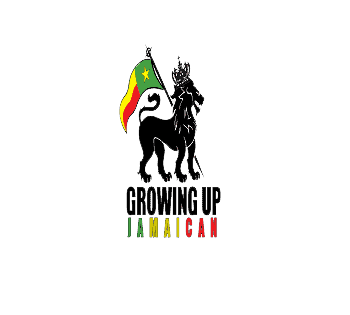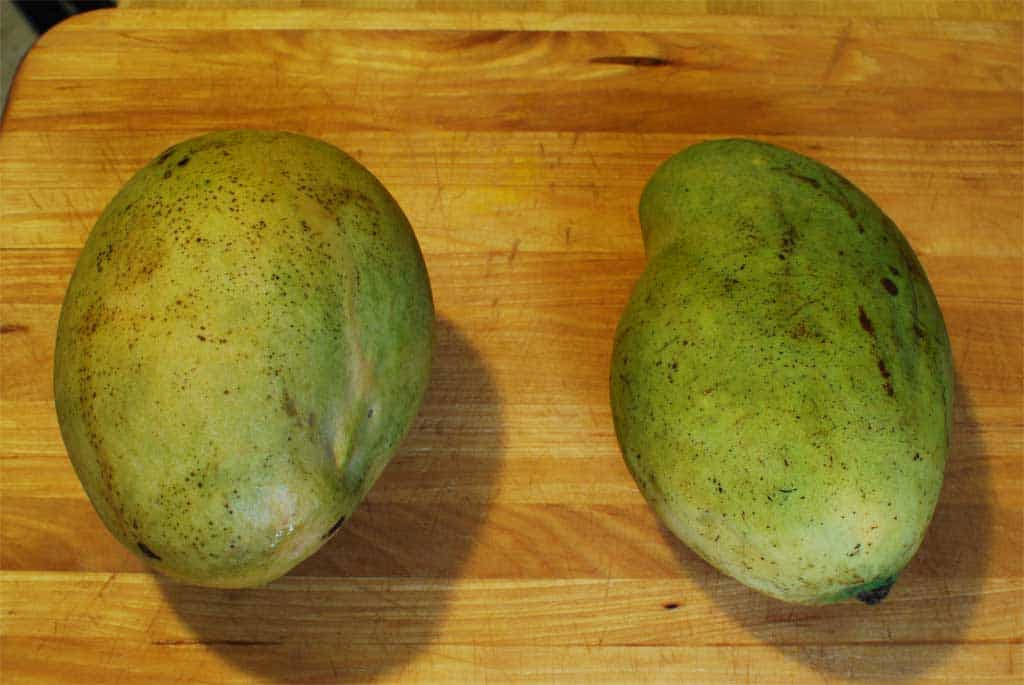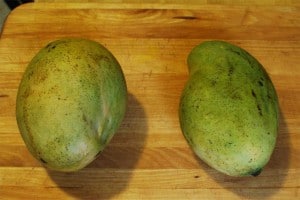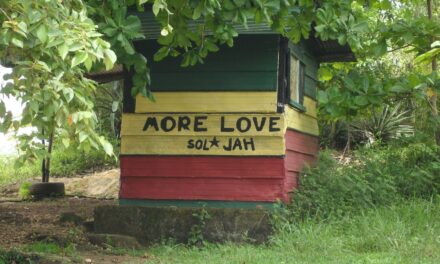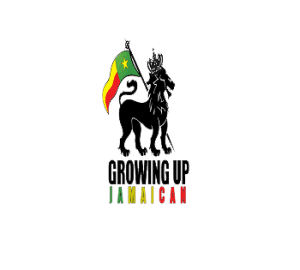Jamaica is blessed with many tropical fruits you don’t really find anywhere else. The great thing about these different tropical fruits is that they are the perfect desserts without needing to get anything artificial. Mangoes are uniquely special because they are one of the most popular fruits for Jamaicans. Mangoes grow abundantly and come in a variety of colors, sizes, and tastes. That is why they are almost always near the top when you ask Jamaicans what fruits they like to eat. Mangoes are also a superfood, as they are packed with vitamins that help keep you healthy. It can be difficult to navigate the Jamaican mangoes, so we created this guide to help you understand the most popular mangoes and what they taste like.
The good news is that mangoes offer enough variety to satisfy any taste. These are one of the few types of fruits where you will find enough variety that everyone should be happy. The only reason you wouldn’t be happy about mangoes is if you didn’t like fruits or sweets. With that being said, let’s look at the various types of Jamaican mangoes you are bound to find on your travels. We will try to help you find which ones are the best for each situation.
Common Mangoes
Common mangoes are the “white bread” of the mango world. They are as generic and plain as can be. These mangoes are your go-to when you just want to eat a lot of mangoes at once. The main thing to note about common mangoes is that they are typically yellow and hairy. You might have problems with stuff getting stuck in your teeth when you’re eating them. However, they generally have a sweet flavor unless they were picked from a tree way before they could ripe or out of season. In terms of bang for your buck, these mangoes are the right choice. Common mangoes can also be super sweet if grown in the right environment.
Green Skin
As the name implies, green-skinned mangoes are green when ripe. Instead of turning yellow like most other types of mangoes, they get a slightly brighter shade of green. If you are in Jamaica looking at a tree, you might find it difficult to figure out if a green-skinned mango is ripe or not. Generally, you can tell a mango is ripe by looking at the slight color differences compared to a normal green mango. It will have a brighter glow and might even have sap running down it. This usually indicates that it has ripened completely and can be picked.
Foodie Mangoes
Mangoes are typically eaten in Jamaica as a side dish you would have for dessert. However, foodie mangoes are the large green and red ones that can essentially be eaten as a meal. The distinctive characteristic of these mangoes is that they are usually not the sweetest you will find. However, if you get a foodie mango that has been ripened to perfection, it will probably be one of the sweetest mangoes you have ever eaten. That means it is a great choice if you want a delicious meal from eating a mango. Usually, you will not be able to eat more than one in a single sitting, which makes it even more important to make sure you don’t have other mangoes to try after this one.
Robin
Robin mangoes have a distinctly sour taste, which makes them much different from the typical Jamaican mango. However, this distinctive sour taste somehow makes the Robin mango one of the sweetest varieties you will find in the entire country. It has a distinctive shape as well, making it easy to spot. A few people have tried to grow these mangoes outside of the Caribbean, but it typically ends in failure because they are so sweet that bugs and other critters get to them before you can. They are also highly susceptible to disease, so you won’t find these mangoes outside of the Caribbean. If you are in the Caribbean, it is crucial you try the Robin mango. It will probably be one of the best tastes you ever have.
Number 12
A Number 12 is distinctly a Jamaican mango. It is shaped like a Julie but has a milder taste. It is one of the few types of mangoes you will not find outside of Jamaica. The other thing to think about is that the number 12 mango has a kidney shape. That is how you can figure out if it is a number 12. It is one of the rarer varieties, so you should not expect to find it in abundance. However, it is an important type of mango to try as part of your traveling ritual.
Julie
Finally, the last mango variety we must discuss is the Julie. This is an extremely sweet mango that has a delicious and meaty taste. It is probably one of the sweeter varieties you will find, and it is usually the quickest to go off the shelves if it is for sale. It also has a distinct shape and taste. The taste is hard to describe, tasting similar to the Robin. However, the sour taste you would get with the Robin isn’t present on the Julie. Unfortunately, tasting these mangoes yourself is the only way to understand what we’re talking about.
While I could not go into all types of mangoes you’ll find when you visit Jamaica, I can tell you that green-skinned mangoes are some of the best and my favorite. The reason for this is simply the taste, which is something I cannot describe to you, but you will have to experience it yourself. You will also be thrilled to try the Julie or the Robin. Regardless of the type of mango you have, you are in for a treat and a special experience. There are enough delicious mango varieties in Jamaica to keep you occupied for a long time. It is a great place to visit if you are someone interested in mangoes. Come back again so I can show you more types of Jamaican mangoes you should taste.
